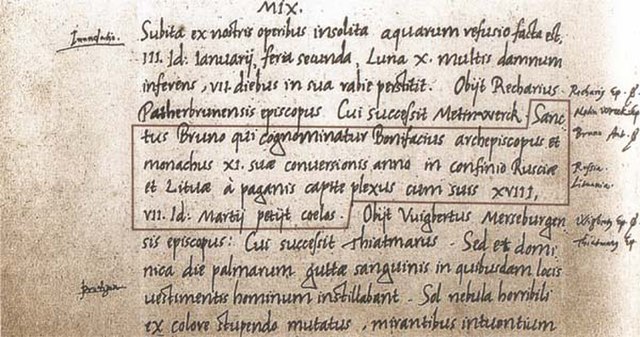The economy of Lithuania is the largest economy among the three Baltic states. Lithuania is a member of the European Union and belongs to the group of very high human development countries and is a member of the WTO and OECD.
Vilnius CBD
Lithuanian long silver currency, 12th–15th centuries
Various types of trade ships in Nemunas near Kaunas, 19th century
Share of private sector in GDP
Lithuania, officially the Republic of Lithuania, is a country in the Baltic region of Europe. It is one of three Baltic states and lies on the eastern shore of the Baltic Sea. It borders Latvia to the north, Belarus to the east and south, Poland to the south, and Russia to the southwest, with a maritime border with Sweden to the west. Lithuania covers an area of 65,300 km2 (25,200 sq mi), with a population of 2.86 million. Its capital and largest city is Vilnius; other major cities are Kaunas, Klaipėda, Šiauliai and Panevėžys. Lithuanians belong to the ethnolinguistic group of the Balts and speak Lithuanian, one of only a few living members of the Baltic branch of the Indo-European language family, which is also the most widely spoken language of the branch.
Lithuania's name in writing (Litua, on line 7), 1009
Baltic amber was once a valuable trade resource. It was transported from the region of modern-day Lithuania to the Roman Empire and Egypt through the Amber Road.
Trakai Island Castle, the former residence of the Grand Dukes and capital city of the medieval state
Battle of Grunwald and Vytautas the Great in the centre








